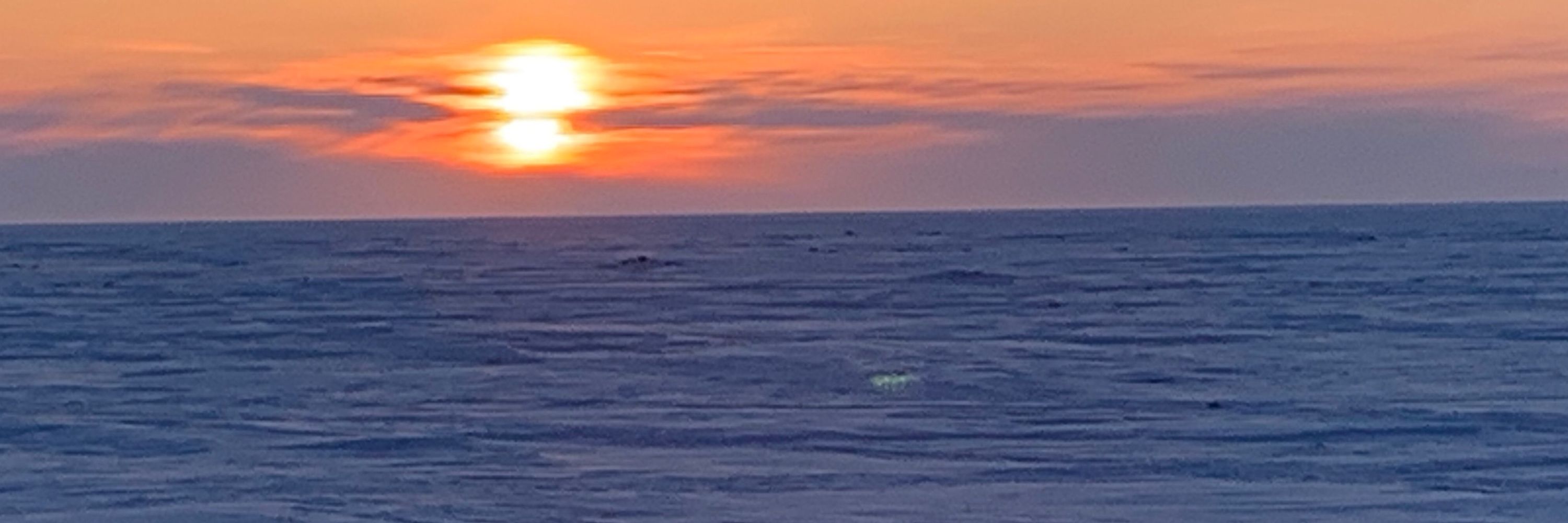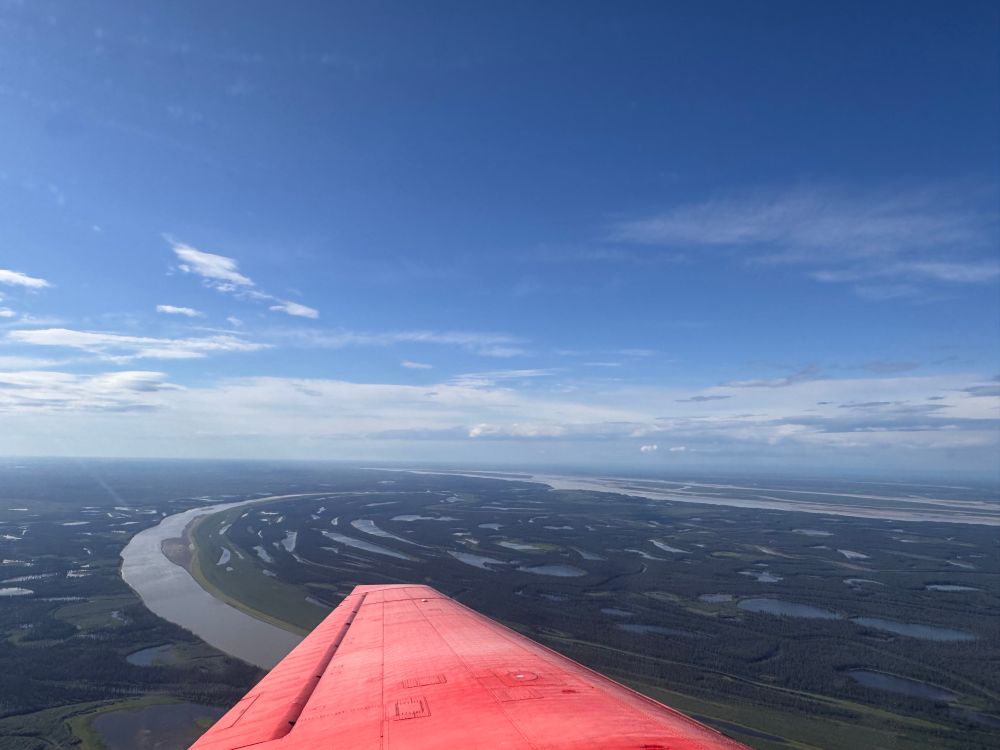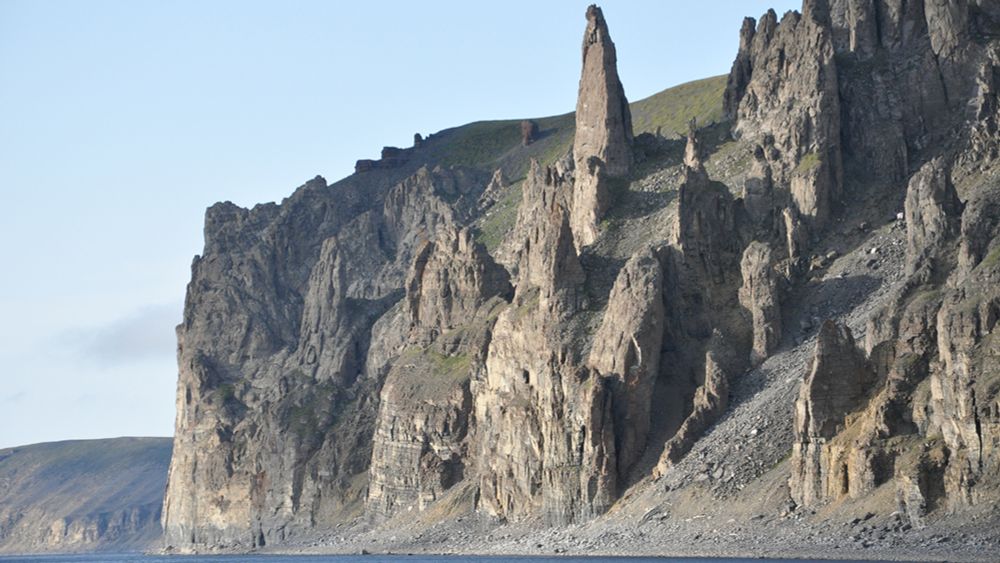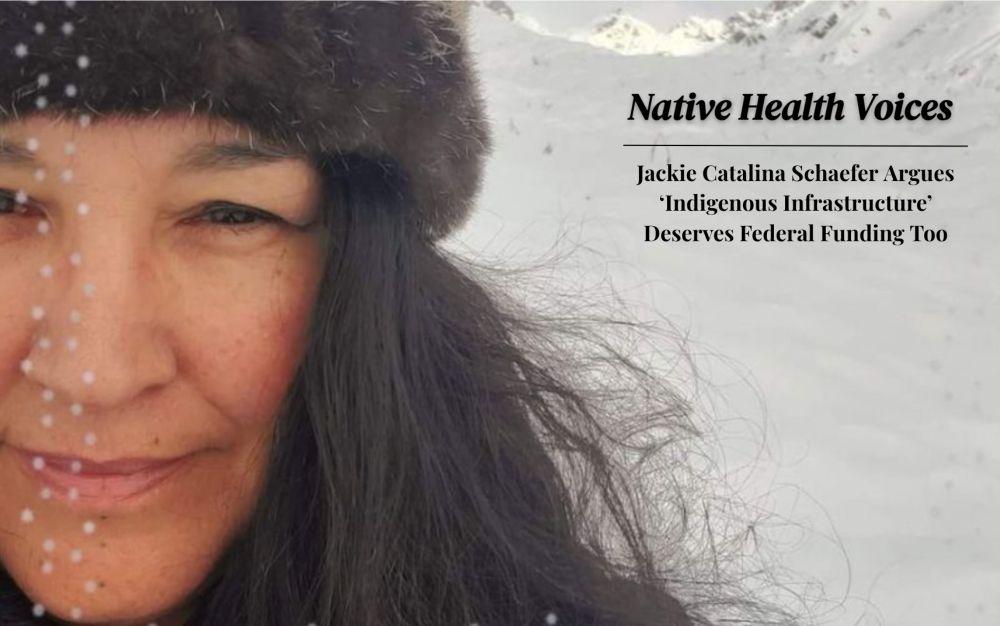Guido Grosse
@grosseguido.bsky.social
760 followers
200 following
59 posts
Permafrost researcher and curious Arctic explorer, observer of rapid change. Spent some years in Alaska and Siberia, now at AWI Potsdam.
Posts
Media
Videos
Starter Packs
Reposted by Guido Grosse
Guido Grosse
@grosseguido.bsky.social
· Aug 31

Using Texture‐Based Image Segmentation and Machine Learning With High‐Resolution Satellite Imagery to Assess Permafrost Degradation Landforms in the Russian High Arctic
Image segmentation enables landscape-scale mapping of permafrost degradation stages based on their texture in panchromatic imagery Convolutional Neural Networks outperform feature-based Random Fo...
doi.org
Reposted by Guido Grosse
Reposted by Guido Grosse
Reposted by Guido Grosse
David Olefeldt
@olefeldt.bsky.social
· Aug 28

Current and future methane emissions from boreal-Arctic wetlands and lakes - Nature Climate Change
How much methane will be emitted from the boreal-Arctic region under climate change is not well constrained. Here the authors show that accounting for distinct wetland and lake classes leads to lower ...
www.nature.com
Reposted by Guido Grosse
Reposted by Guido Grosse
Guido Grosse
@grosseguido.bsky.social
· Jul 28

A Review of Abrupt Permafrost Thaw: Definitions, Usage, and a Proposed Conceptual Framework - Current Climate Change Reports
Purpose of Review We review how ‘abrupt thaw’ has been used in published studies, compare these definitions to abrupt processes in other Earth science disciplines, and provide a definitive framework f...
doi.org
Guido Grosse
@grosseguido.bsky.social
· Jul 8

Organic carbon, mercury, and sediment characteristics along a land–shore transect in Arctic Alaska
Abstract. Climate warming in the Arctic results in thawing permafrost and associated processes like thermokarst, especially in ice-rich permafrost regions. Since permafrost soils are one of the larges...
doi.org
Guido Grosse
@grosseguido.bsky.social
· Jul 8

Newly dated permafrost deposits and their paleoecological inventory reveal an Eemian much warmer than today in Arctic Siberia
Abstract. In this study, we integrate geochronological, cryolithological, paleoecological, and modeling data to reconstruct the Last Interglacial (LIG) climate around the New Siberian Islands, reveali...
doi.org
Reposted by Guido Grosse






























